Explore the Best AI Image Gallery
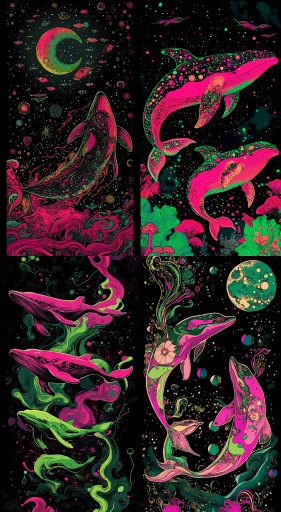
Artificial Vistas: The Evolution and Impact of AI-Generated Imagery
The world of digital imagery is currently experiencing a seismic shift thanks to the power and potential of artificial intelligence (AI). With unprecedented capabilities in generating intricate, vivid, and sometimes uncanny images, AI is redefining the realm of creativity. This blog post shimmers a light on this trend and explores its growing influence, ethical implications, and future trajectory.
The Impact on the Creative Industry
The most profound impact of AI-generated images is undoubtedly on the creative and digital industries. From graphic design and photography to fashion and advertising, AI is facilitating the creation of innovative visuals that are raising the bar for creativity. It's not merely a question of speed and efficiency in generating images but also about the originality and quality that can be achieved.
AI has empowered artists and creatives to push the boundaries of what's achievable, allowing them to explore new visual narratives that would otherwise be quite challenging.
Potential Uses
The potential uses of AI-generated imagery are vast and varied. In product design, AI can generate detailed mock-ups or prototypes, significantly simplifying the creative process. In film and gaming, it can breathe life into fantastical worlds and intricate landscapes without the tedium of manual design.
Additionally, AI can be used for creating personalized advertisements that precisely cater to the viewer's aesthetic preferences. In the world of fashion, AI-based tools can create virtual models, outfits, and entire collections.
Ethical Considerations
While AI-generated images hold tremendous potential, it's important to address the myriad ethical considerations that they raise. Who owns the rights to AI-generated images and who should receive credit or compensation for their use? The risk of deep fakes - deceptive images created by AI that mimic real people or events - also deserves serious attention. Addressing these questions requires comprehensive ethical guidelines and legal frameworks that as yet, are still underdeveloped.
The Future of AI-Generated Images
Looking towards the future, we can predict a further immersion and integration of AI-generated images into our everyday lives. Not only in the realm of professional design, gaming, or advertising, but also in personal spaces like social media, home decor and even clothing.
The combination of AI technology with AR (Augmented Reality) and VR (Virtual Reality) has the potential to create hyper-realistic simulations that blur the line between the virtual and the real world.
As we progress, ethical considerations, copyright issues, and security measures will become increasingly vital. By addressing these areas, we can ensure a future where AI-generated images continue to revolutionize our creative capabilities while maintaining respect for authenticity and individual rights.


](https://images.ai-img.art/thumbnails/150/d09aea54eca5de3b78e08fd836012ff6a23d17835a2473c901b4859073a93cf2.webp)

](https://images.ai-img.art/thumbnails/150/02120d31d5771fadbd25ea482d4fea0a00db4203579724231b752a52fe0e7e4c.webp)
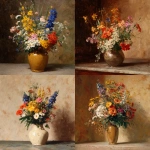
](https://images.ai-img.art/thumbnails/150/886c07228472ed209e01fcf32d6d4d1d2d7577280258b4c2a2c7db7ec749b95c.webp)



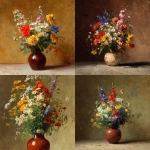
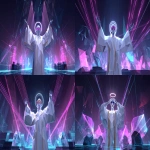
](https://images.ai-img.art/thumbnails/150/058e808da703f55c4c6ff9009cfceb51153628ffc94cb42ddb9627ece60c5b3c.webp)

](https://images.ai-img.art/thumbnails/150/072fd597f9213821953f6a8e2e7ac3e3569f1c69444b6b2502bf31525fc98576.webp)
](https://images.ai-img.art/thumbnails/150/252bd2057e5882209a393dc6a7b2f5b238c67f12dc0401608867543ab2acf39b.webp)
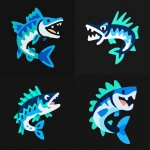

](https://images.ai-img.art/thumbnails/150/0eba954f29355e6fd5353c2b3fcbedd909f8a5e462d0a5982880af5bb19a12ad.webp)


](https://images.ai-img.art/thumbnails/150/05654f70ed91bfff26b57ce7abcba9e59fdcb86339c5db1e44e4cf6451b028b0.webp)
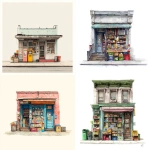
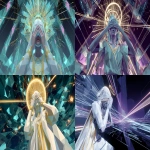
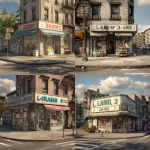

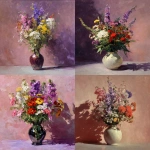
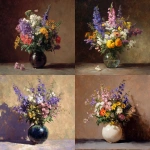
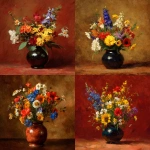

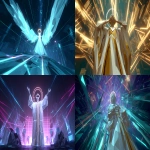
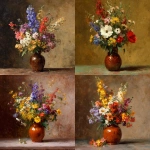

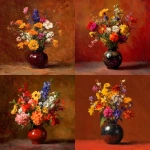




](https://images.ai-img.art/thumbnails/150/48bc6595bd726455bbeb1f2fef65efdd36a6264de2d9e253f6c5f9fd00dbbd21.webp)
](https://images.ai-img.art/thumbnails/150/b23568689bdc550e1f653d225620666e319e1ef840eb35121c2ff61ea639a6f6.webp)
](https://images.ai-img.art/thumbnails/150/db8c0ceb5fc7105e6e975a02df61497f198371c8de6a53c7867f346b1708c13a.webp)
](https://images.ai-img.art/thumbnails/150/5fe4e4a0b755f7ee536875c4418d1307af56f0b399cc9459f01ca7b2307f906c.webp)
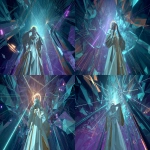
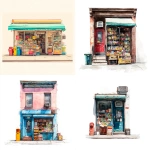
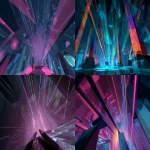
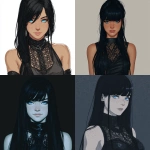

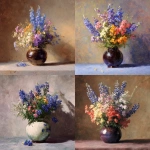

](https://images.ai-img.art/thumbnails/150/f88682ac7749bbd2e80ef281a2f196215a7d5515866a6925e1ee15ccea1b2e8e.webp)